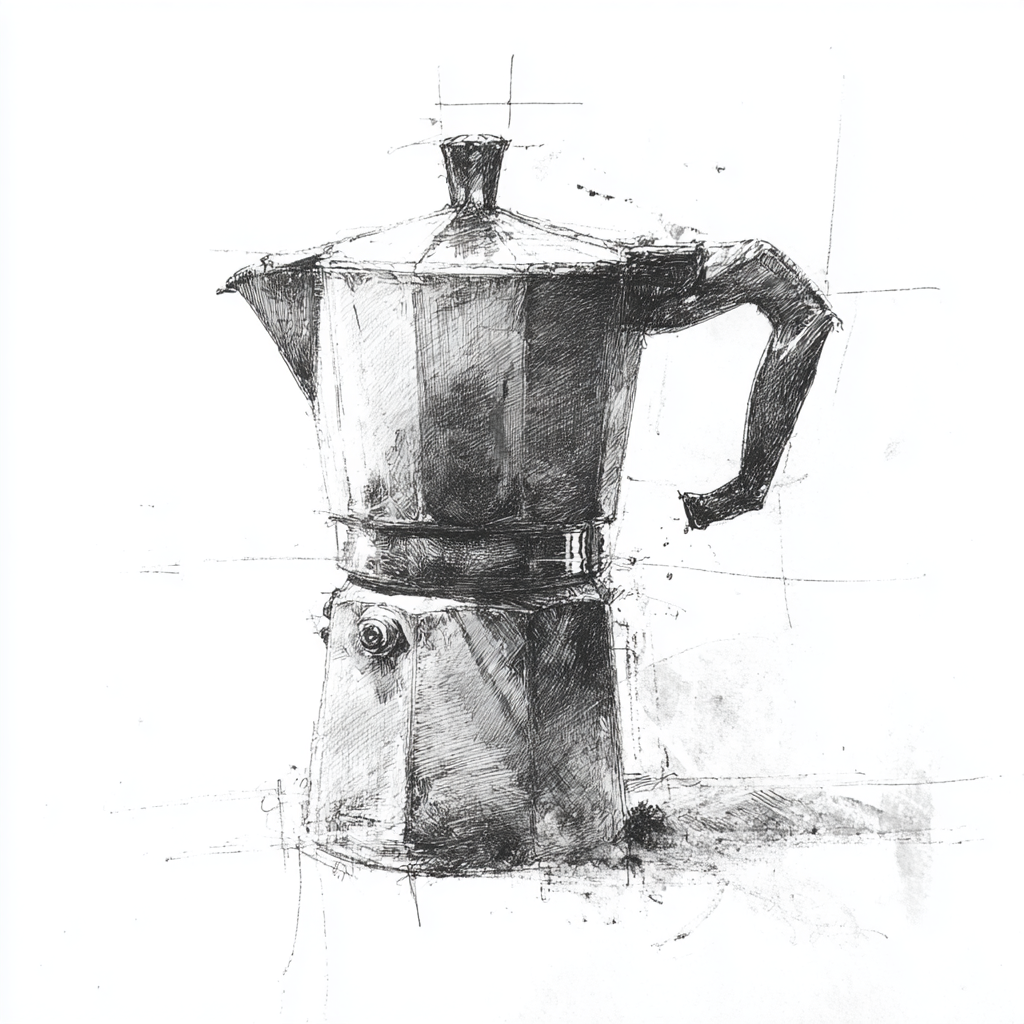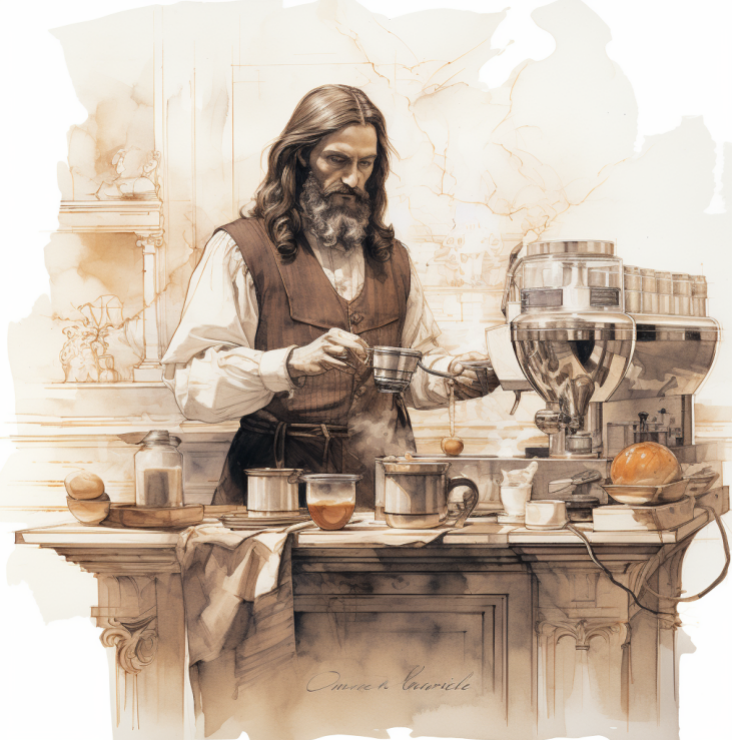
The Italian coffee maker or Moka pot
The Italian coffee maker, also called " Moka ", was patented in 1933 by Alfonso Bialetti.
This extraction method uses steam pressure and produces a strong , concentrated coffee with a body similar to espresso.
This design object has become iconic , it has won the heart of every Italian kitchen and has been exported all over the world.
Materials needed
Recipe and parameters
Steps for preparing an Italian coffee maker
Italian coffee maker recipe


